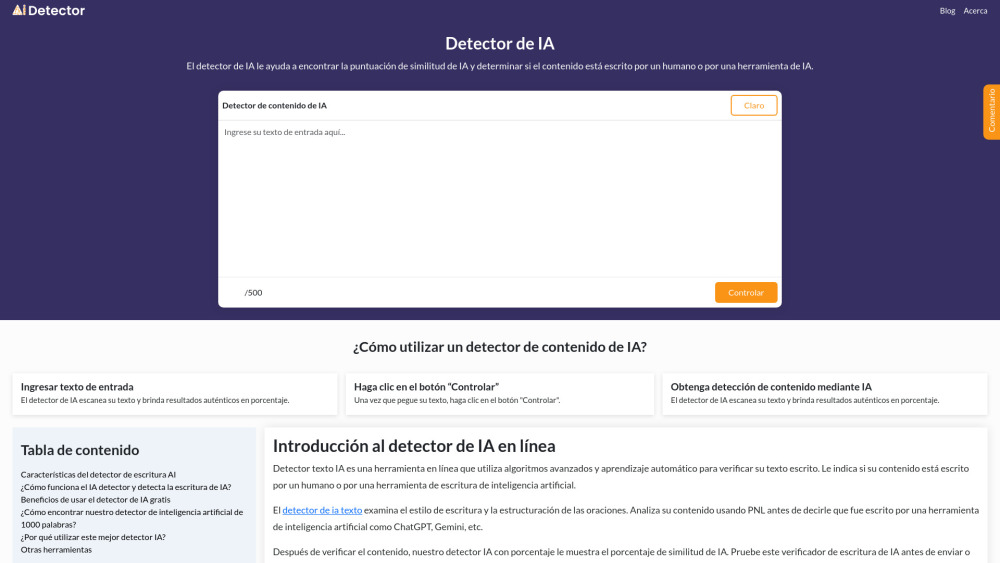Intel Introduces Hala Point: The Next Generation of Neuromorphic Computing Systems
Most people like

Uncover AI-Generated Content at No Cost
Discover how to detect AI-generated content for free, empowering you to differentiate between human and machine-produced writing. This guide will provide you with essential tools and techniques to identify and analyze AI text effectively, ensuring you stay informed in a digital world increasingly saturated with automated content.

In today's fast-paced market, leveraging an AI sales management solution can transform your sales approach. With advanced analytics and automation, these solutions optimize customer interactions, streamline processes, and boost overall efficiency. Discover how integrating AI into your sales strategy can drive better performance, enhance decision-making, and ultimately increase revenue. Embrace the future of sales management and unlock your team's full potential with cutting-edge AI technology.

Unlock a world of creativity with our advanced AI vocal and accompaniment extraction tool. Whether you're a musician, producer, or content creator, this innovative software allows you to isolate vocals and instrumentals from any music track effortlessly. Say goodbye to complex editing processes and hello to streamlined workflow and enhanced flexibility in your projects. Explore how our cutting-edge technology can elevate your music production game today!

Introducing an AI-Powered Workflow Platform for the ARM and Healthcare Sectors
Discover how our advanced AI-driven workflow platform transforms the Accounts Receivable Management (ARM) and healthcare industries. By streamlining processes and enhancing operational efficiency, our platform empowers organizations to optimize their workflows, improve patient outcomes, and accelerate revenue cycles. Explore the future of industry innovation with cutting-edge technology tailored for your needs.
Find AI tools in YBX

